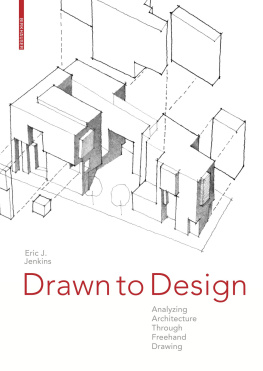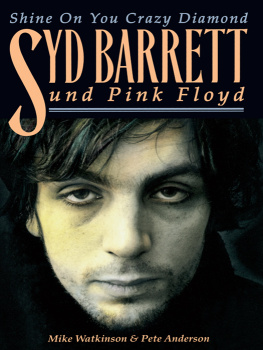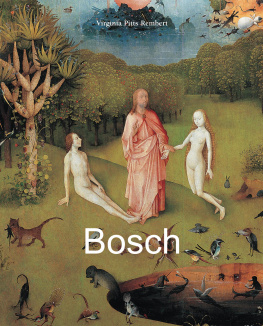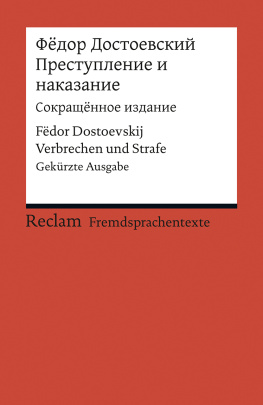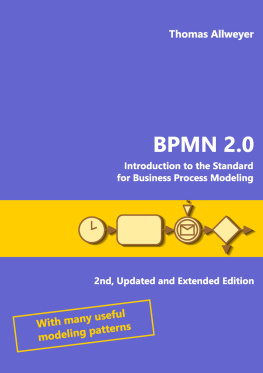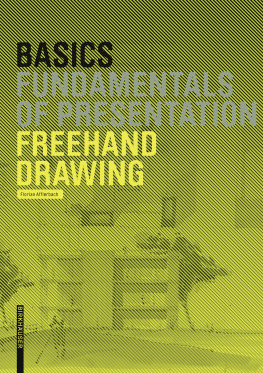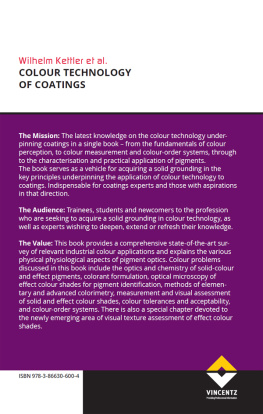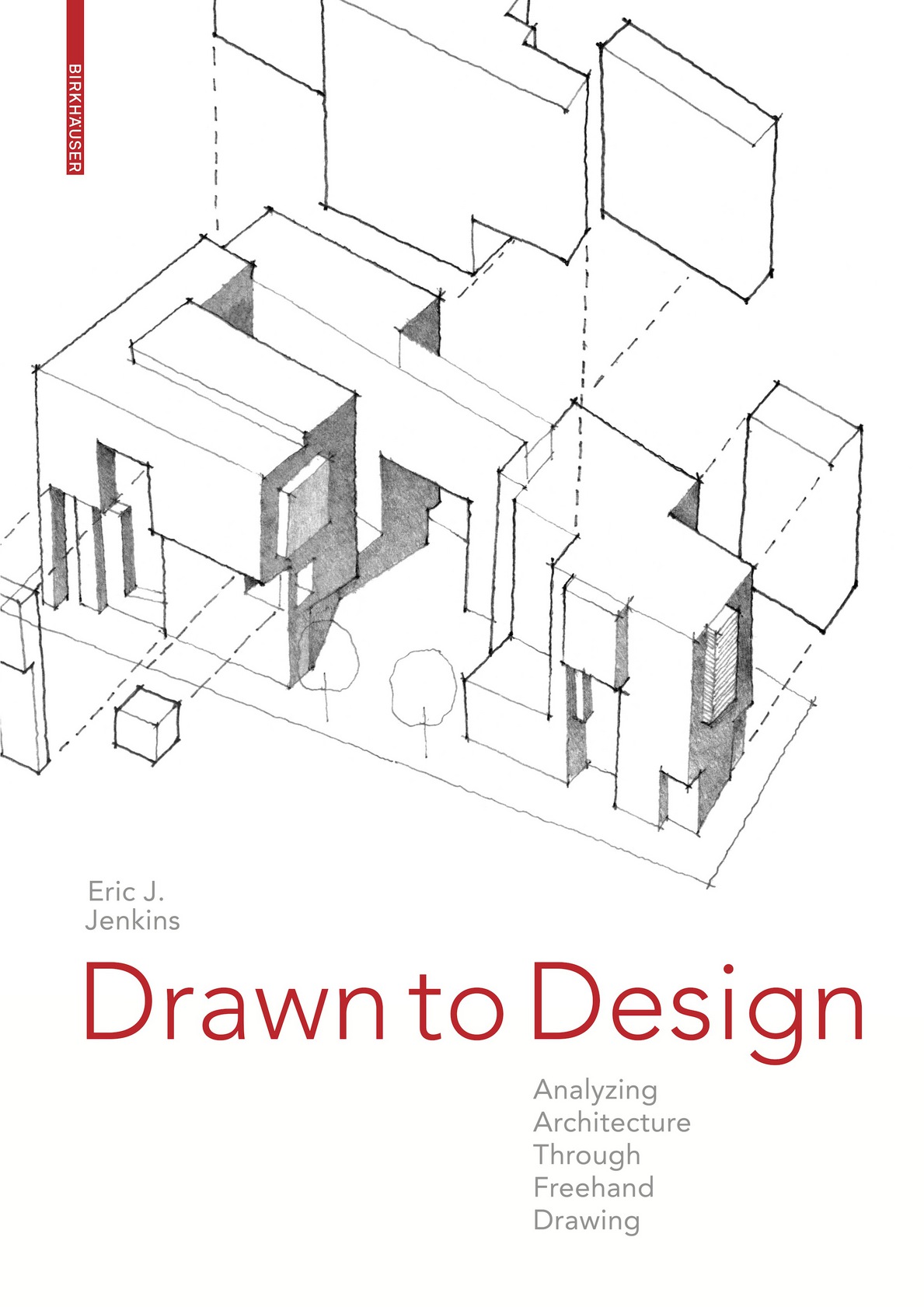Colophon
This book is also available as a print edition (ISBN 978-3-0346-0798-8)
Editor:
Andreas Mller, Berlin
Cover design:
Hannah Schnenberg
A CIP catalogue record for this book is available from the Library of Congress, Washington, DC, USA.
Bibliographic information published by the German National Library
The German National Library lists this publication in the Deutsche Nationalbibliografie; detailed bibliographic data are available on the Internet at http://dnb.d-nb.de.
This work is subject to copyright. All rights are reserved, whether the whole or part of the material is concerned, specifically the rights of translation, reprinting, re-use of illustrations, recitation, broadcasting, reproduction on microfilms or in other ways, and storage in databases. For any kind of use, permission of the copyright owner must be obtained.
2013 Birkhuser Verlag GmbH, Basel
P.O. Box 44, 4009 Basel, Switzerland
Part of De Gruyter
ISBN 978-3-03821-192-1
www.birkhauser.com
Preface to the EPUB edition
Using the EPUB format for books on architecture and related fields of design challenges the conventional notion of book design. While a double spread of a printed book (or of a PDF of the book pages, for that matter) with its firmly defined proportion of width and height constitutes a frame for two-dimensional compositions of texts and images, the idea of an EPUB file is a linear sequence of textual or pictorial elements, represented according to the options of the software and hardware used to look at it.
This means that what you see here depends in the first place and to a large degree on a specific combination of parameters. While the advanced multimedia potentials of EPUB3 are not used here (but are planned to serve for the integration of videos in future editions of this electronic book), the Avenir font offered by iOS 6 matches the type font used purposefully in the print edition. The scroll mode offered by iBooks 3 seems to be a kind of representation congenial with the aforementioned linear, sequential arrangement of the content.
The representation in any of the layout modes, by contrast, be it as single pages or double spreads, in the book mode or the full-page mode, inevitably has a certain degree of contingency to it, especially in the combination or separation of images on subsequent pages, as the ensuing layout owes more to the software and hardware setting than to a graphic designers hand at least in the case of this book where the print version preceded the electronic version of the book, so that the proportions of the individual image as well as the order of images do not deny their origin in a print state of mind. In the process of preparation we found that the double-spread, full-page mode might bring the most satisfactory layout results.
The EPUB edition allows one to look at the roughly 450 drawings of this book in their original sizes. When enlarged to the limits of clear resolution, the stroke widths as drawn reveal the specific character of the wide range of instruments used for the individual drawings. The index function allows various non-linear readings of this book in addition to the systematic, topical order of the material as expressed in the table of contents; for instance, all drawings of a specific building, or of the buildings of an individual architect, or of the buildings in a specific location, or of drawings relating to a certain number of key topics can be called up, with immediate access to their position in the book and the related contextual information.
All drawings and photographs were enhanced for this edition by Gnter Hansmann of the repro house Licht & Tiefe, who also endowed the drawings with different backgrounds according to the type of drawing (slightly lighter for ink drawings, slightly darker for pencil drawings) and who saw to it that the original black-and-white scans show up in beautiful black-and-white on displays made for color representation. Christoph Steinhof in the electronic publishing department of De Gruyter created this edition and very patiently dealt with the varying degrees of electronic ignorance of the others involved. Eric Jenkins put much effort and care into all the additional material and work required for a successful EPUB edition.
Andreas Mller, Editor for the Publisher
To my parents, Elizabeth and George
Preface
Drawing a building is a way of remembering it properly. To draw you have to look very hard and I think it is in the looking itself that the building is impressed upon the mind. Often I measure it and make a plan, putting the dimensions on the drawing, because I know from experience that only by doing that can I understand what Im looking at.
Caroline Mauduit, An Architect in Italy
The intention of this book is to help students develop an appreciation for observation and learning about the designed environment through freehand drawing. By observing I mean, as Caroline Mauduit endorses in her introduction to An Architect in Italy , that we consider the designed, and by extension, the natural environment carefully with a critical and inquisitive eye. Carefulness is vital in reaching below the surface and beyond what is literal. Unlike the casual glance or photograph, even the fastest, literal drawing is an inherently careful and active engagement. Drawing is a way of digesting the environment in order to come away with a greater understanding of how the environment might have been formed, what it contributes or does not contribute and what lessons might be embedded in it. While I do not offer definitive methods, I do offer an approach that might lead to a disciplined search when truly looking at buildings. In the fifteen years of teaching freehand analysis, I have come to believe that students need an introduction to a methodology that can inform and guide yet not constrain them. I have made mistakes and have constantly revised the courses and ways to introduce a methodological approach. Some years I seem to get it and then, when I try to duplicate it the following year, I stumble.
An essential aspect of this book is the use of freehand drawing. Freehand drawing is helpful because, when all is said and done, the hand is connected to our minds and intrinsically related to who we are. The hand and its preceding iterations such as ganglia, tentacles or other prehensile limbs shape what, how and of whom we think. The drawing hand is linked with the least intermediary processes or devices to the world itself. Freehand drawing is as close as we can get to the thing itself without building. Just as hand drawing is relatively unmitigated, the hand can never be machine-like, but at the same time it can be accurate enough in recording the world beyond pure impression. The slip of the finger, the varied weight of a line or the wiggle resulting from too much coffee allows the building to remain alive.
Drawing the designed and natural environment is a process of analysis essential to observing and, hopefully, understanding the world. There are cautionary tales as in the fairy tale The Goose that Laid the Golden Egg . When trying to understand a thing we should be careful not to kill it. A danger of abstracting and diagramming analytically is that it might destroy what we find exciting or stimulating. While a risk, diagramming or analyzing buildings remains a primary means of understanding their nature as both utilitarian device and vessel of experience. The nature of architecture is one in which, as Le Corbusier writes in Towards an Architecture , walls rise against the sky in an order such that I am moved. I sense your intentions. More than building, architecture embodies intentions while expressing our values and our dreams. Looking at buildings is a combination of a phenomenological experience and one of dimensions, properties and functions. The magic of architecture is that it embodies both the utilitarian and the experience of place.

